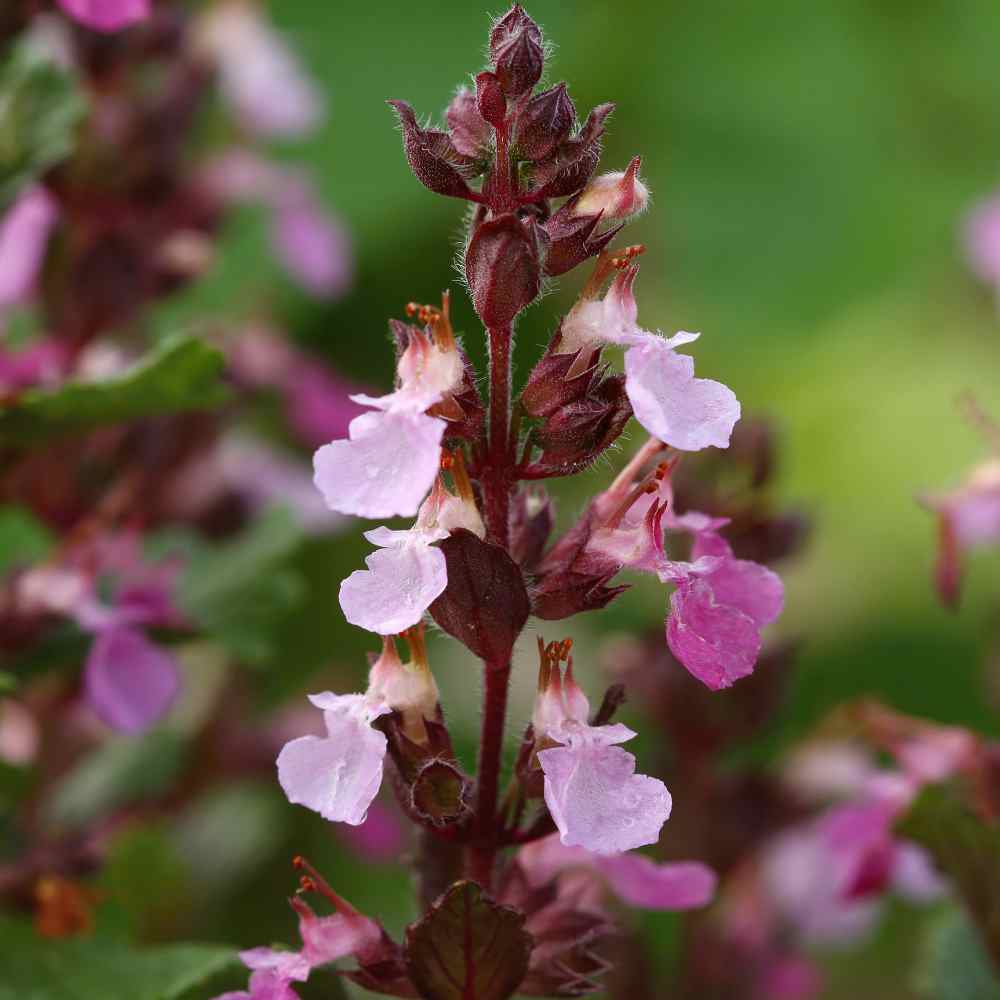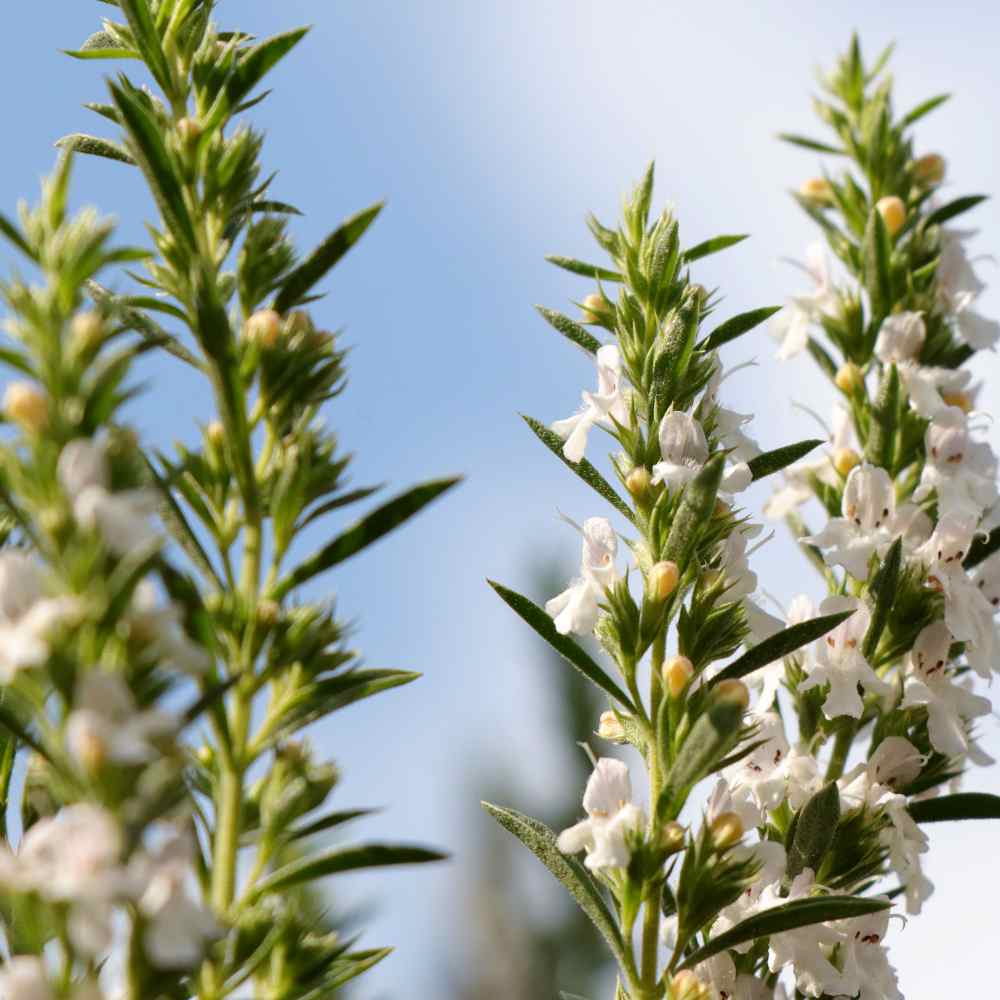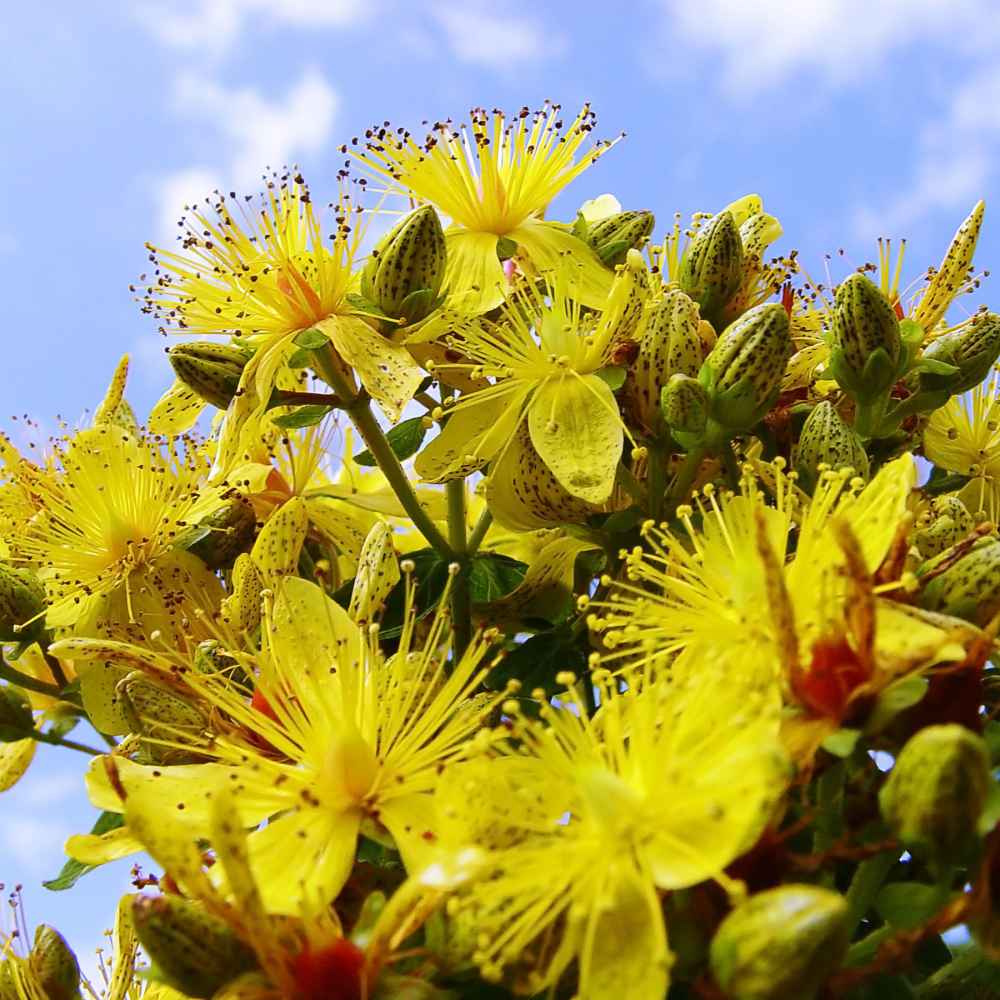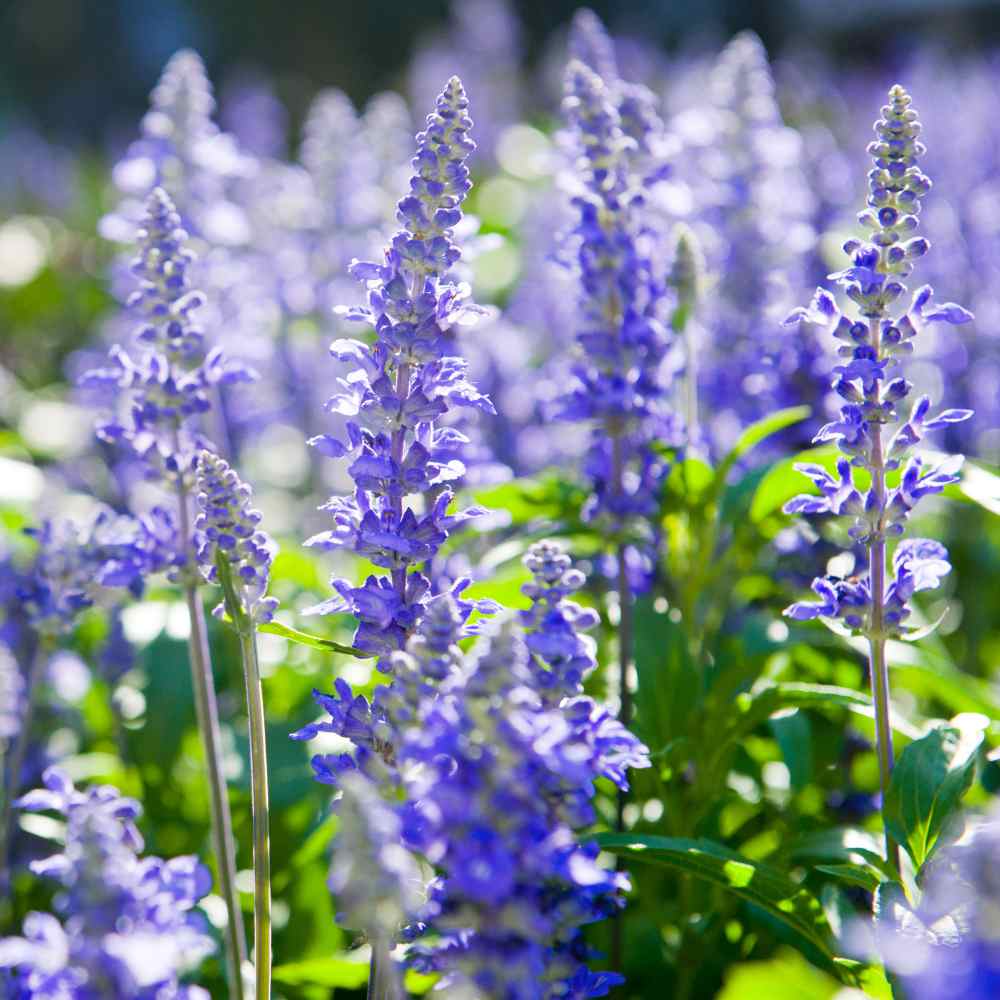
Germander Planting and Care Guide
Quick Facts About Germander
Germander is a an evergreen woody perennial that is native to the Mediterranean region. It can be grown at borders and trimmed like a hedge, and it is quite resilient.
Planting Time
Germander seeds require a cold stratification treatment in order to germinate. As such, they should be planted outdoors in the late fall, or treated seeds can be sown indoors in the spring 4-6 weeks before frost season ends.

Planting Location
Germander should be planted in an area of full sun in average soil that drains well. It can also tolerate partial shade.
How to Grow Germander
- Germander seeds require a cold stratification treatment in order to germinate. This can be done naturally by sowing the seeds outdoors in the late fall, allowing winter weather to prepare the seeds by spring. Or, you can mix the seeds in sand inside a plastic bag, placing it in the fridge for two months before sowing.
- To start indoors, use trays or small pots filled with a seed starter mix. Surface sow treated seeds at a rate of 3-4 per plant, and lightly press into soil without covering.
- If sowing directly outdoors, first prepare a seedbed by breaking up soil and removing weeds.
- Treated seeds should be kept moist until germination, maintaining an ideal temperature of 60-65F degrees. Under proper conditions, these seeds should germinate in 3-5 weeks.
- Once indoor seedlings have their first few sets of true leaves, they can be transplanted outdoors after all frost danger has passed.
- Before transplanting seedlings into the garden, it's essential to "harden them off". This involves acclimating young plants to outdoor conditions by placing them in a sheltered outdoor area for about a week. Initially, shield them from strong winds and direct sunlight. If there's a risk of frost overnight, either cover the plants or bring them indoors, then return them outside in the morning. This hardening off method helps strengthen the plant's cell structure, minimizing transplant shock and sun damage.

Care And Maintenance
- Keep weeds under control during the growing season. Weeds compete with plants for water, space and nutrients, so control them by either cultivating often or use a mulch to prevent their seeds from germinating.
- Mulches play a vital role in preserving soil moisture and ensuring consistent soil temperatures. When it comes to annuals, using organic mulch made from shredded leaves not only enhances the appearance of the bed but also enriches the soil as it decomposes over time. Remember to keep mulch away from the plant stems to avoid potential rot issues.
- Germander requires minimal watering, and should only be watered once the soil has dried out.
- Germander doesn't mind poor soil, but benefits from a light application of balanced fertilizer at the beginning of the growing season.
- If desired, Wall Germander can be pruned into a hedge. Dead foliage can also be pruned in the spring, and a light trim after flowering can encourage new growth.




































